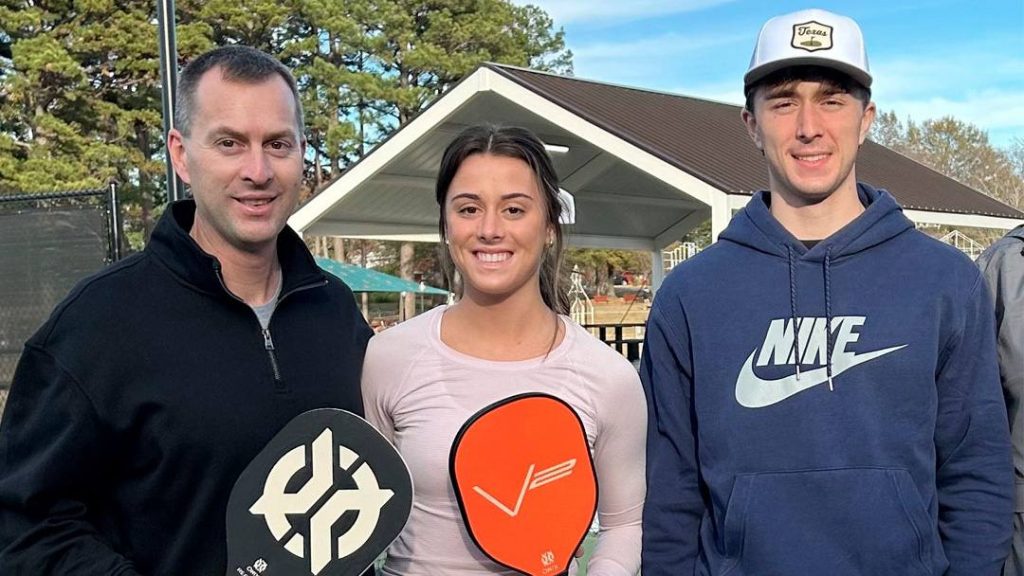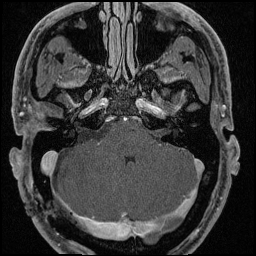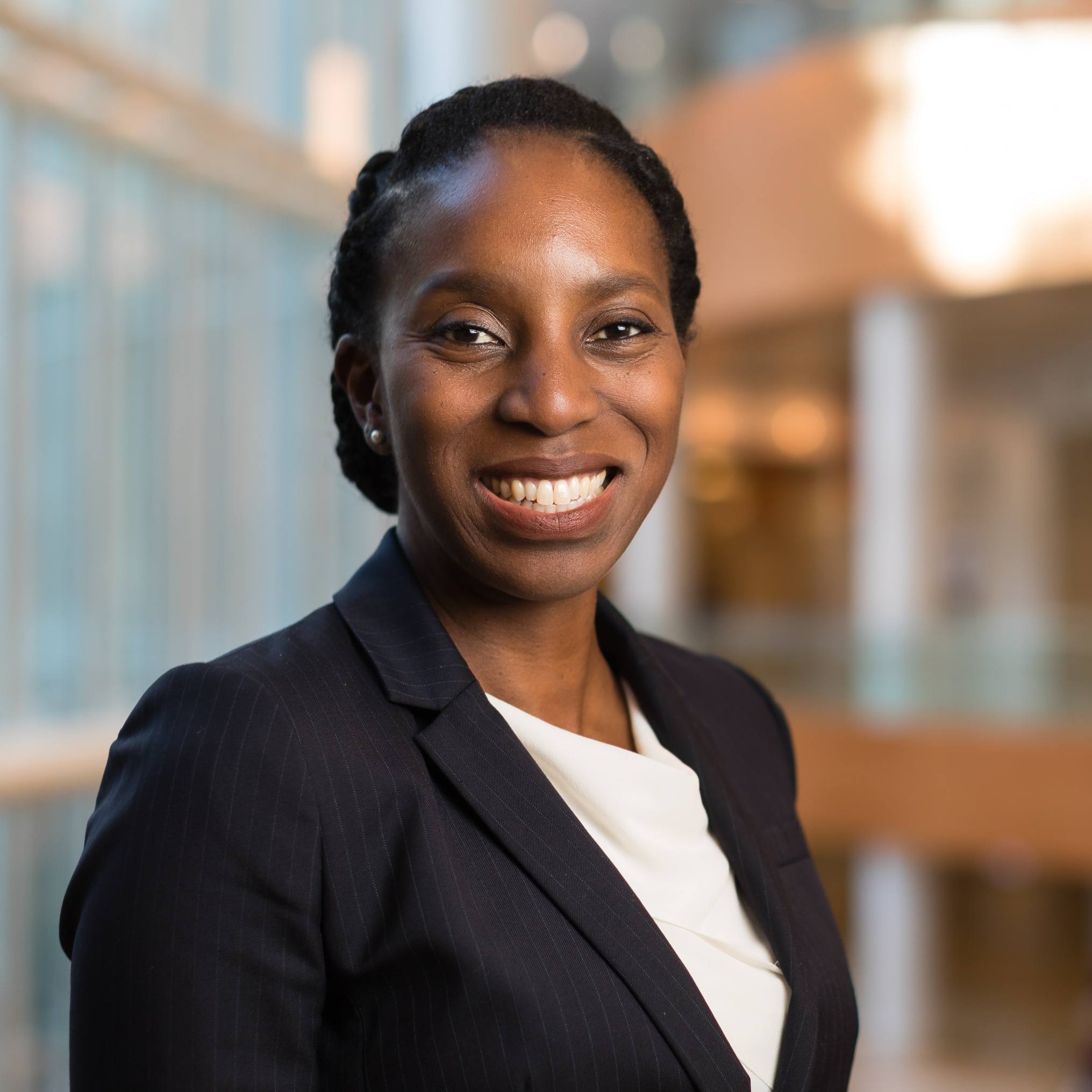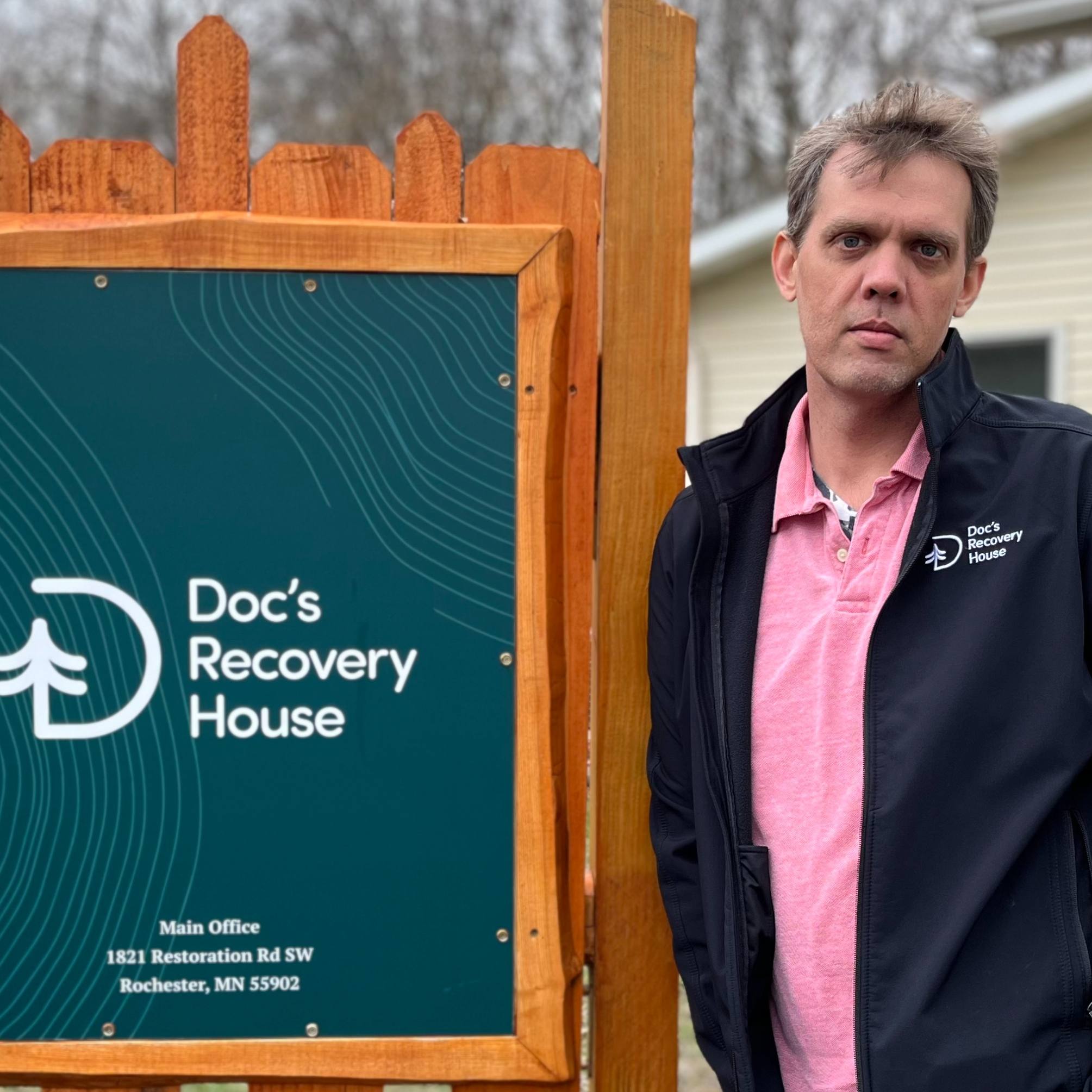
Tyler Theobald was playing basketball when the dizziness started.
Some might argue that lightheadedness during exercise comes from overexertion, but Tyler knew something was wrong when the room kept spinning, even while he stood still.
His wife later took him to the emergency department near their home in Searcy, Arkansas, where he was given medication for vertigo and sent home.
When his symptoms weren't improving, he saw a primary care doctor and then an ear, nose and throat (ENT) doctor a few days later.
"The doctor thought I had a virus affecting my inner ear, but ordered an MRI just to be safe," Tyler says.
MRI leads to diagnosis

The MRI results indicated that Tyler had an acoustic neuroma, also known as a vestibular schwannoma — a noncancerous tumor that develops on the balance nerve leading from the inner ear to the brain.
"I was shocked, nervous and not knowing what to expect," Tyler says. "Even though it was benign, having a tumor near your brain is intimidating."
Tyler's health insurance recommended that he undergo an evaluation with the acoustic neuroma team at Mayo Clinic in Florida before deciding where to get treatment.
A week later, he flew to Jacksonville, Florida, to meet with acoustic neuroma experts Dr. Joseph Breen, Dr. Alfredo Quinones-Hinojosa and Dr. João Paulo Almeida, on the ENT and Neurosurgery teams.
The visit included labs and a second MRI at Mayo, which offers advanced imaging to identify the location of acoustic neuromas with extreme precision.
"It surprised me how fast I got my results back, it felt like I had them in real time," Tyler says. "Before I even got to the elevator, I had the Mayo app popping up on my phone with the results from my labs."
Heading to surgery

For his follow-up appointment the next month, Tyler opted for a video visit, allowing him to speak with the care team from the comfort and convenience of his home.
Due to the size of his acoustic neuroma and its growth pattern, Tyler and his care team decided to move forward with scheduling a retrosigmoid craniotomy, a surgical procedure that involves making an opening in the skull behind the ear to remove the tumor.
Ten days after surgery, Tyler flew back to Arkansas.
Shortly after returning home, however, Tyler felt pressure in his head due to fluid buildup — a common event after surgery — and went to his local emergency department. Clearing this hurdle was made easier due to the responsiveness of his acoustic neuroma team.
"On my way to the ER, I texted one of my Mayo doctors," Tyler says. "It was his day off, but he immediately called and spoke to the emergency physician about how to help me."
Back in the game
The overall experience from MRI to surgery was efficient and handled with great care, he says.
"Considering I was in a bad health situation, it couldn't have been a better experience," Tyler says.
After recovering at home, he returned to his job as a network administrator and found his way back to playing sports.
"When all of this started, I was so worried that I would never be able to play again," Tyler says. "It feels great to be back."







